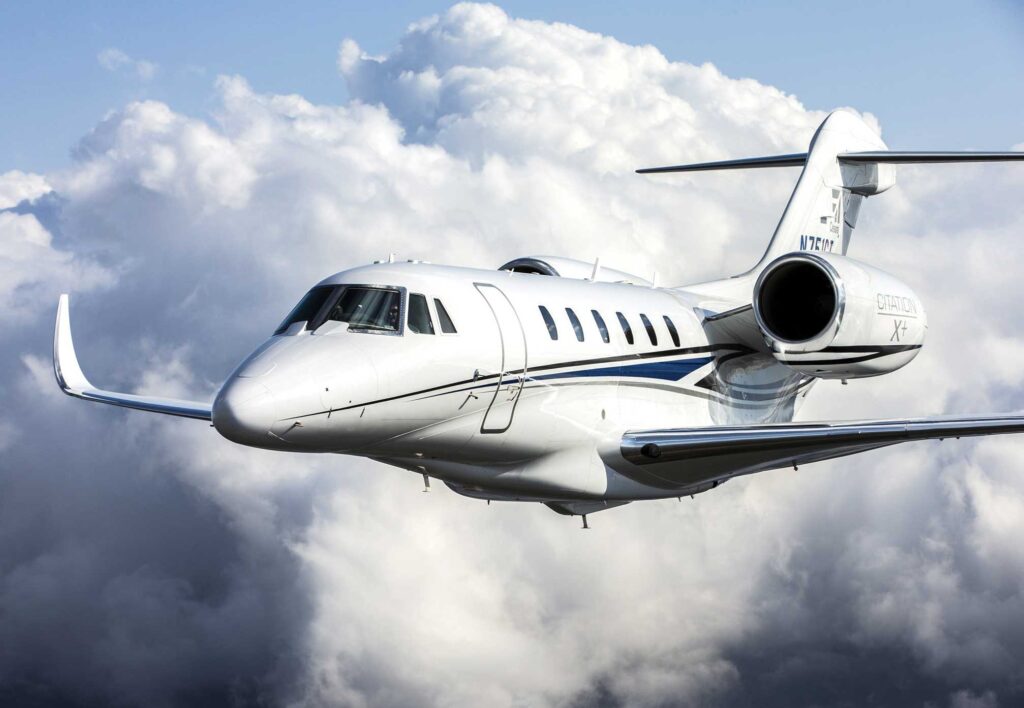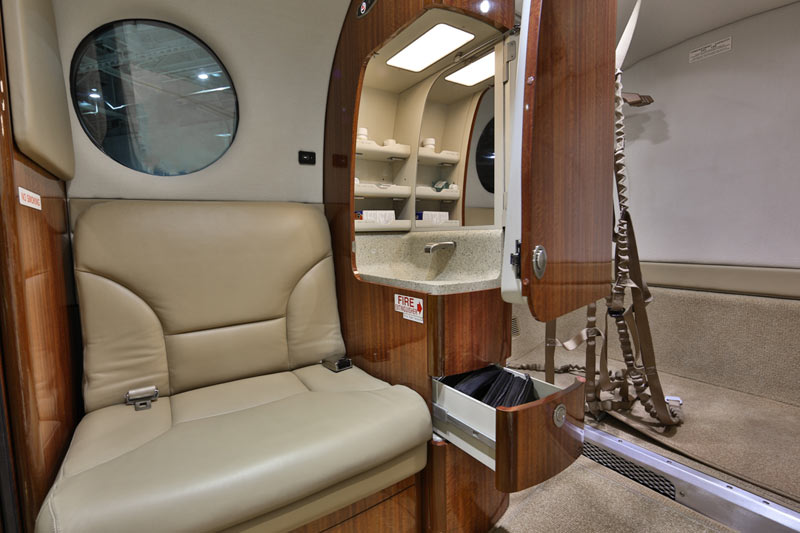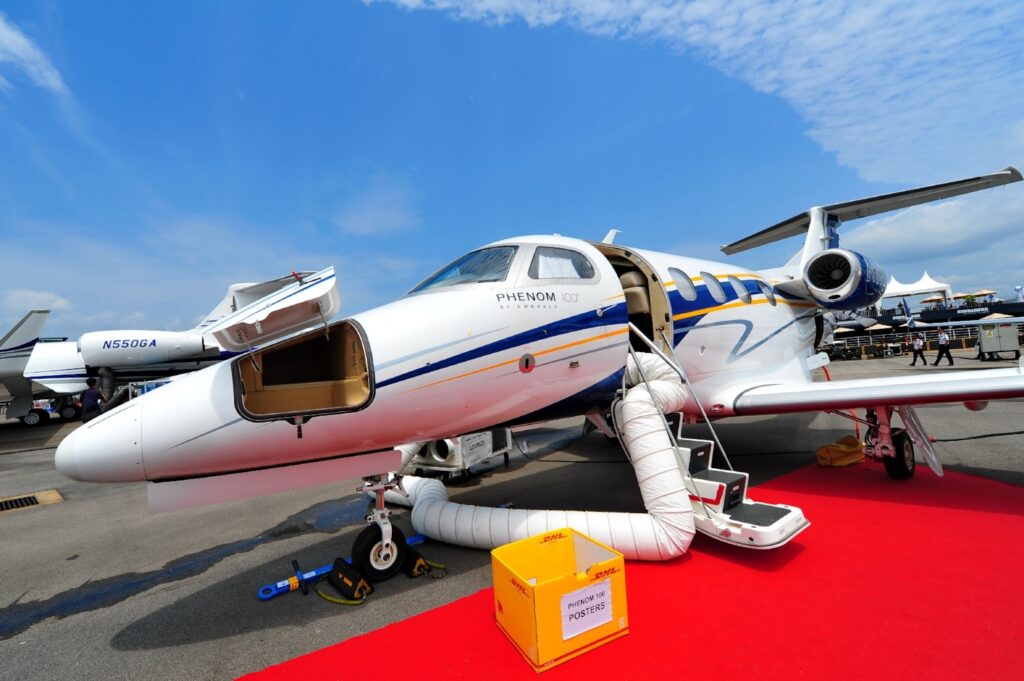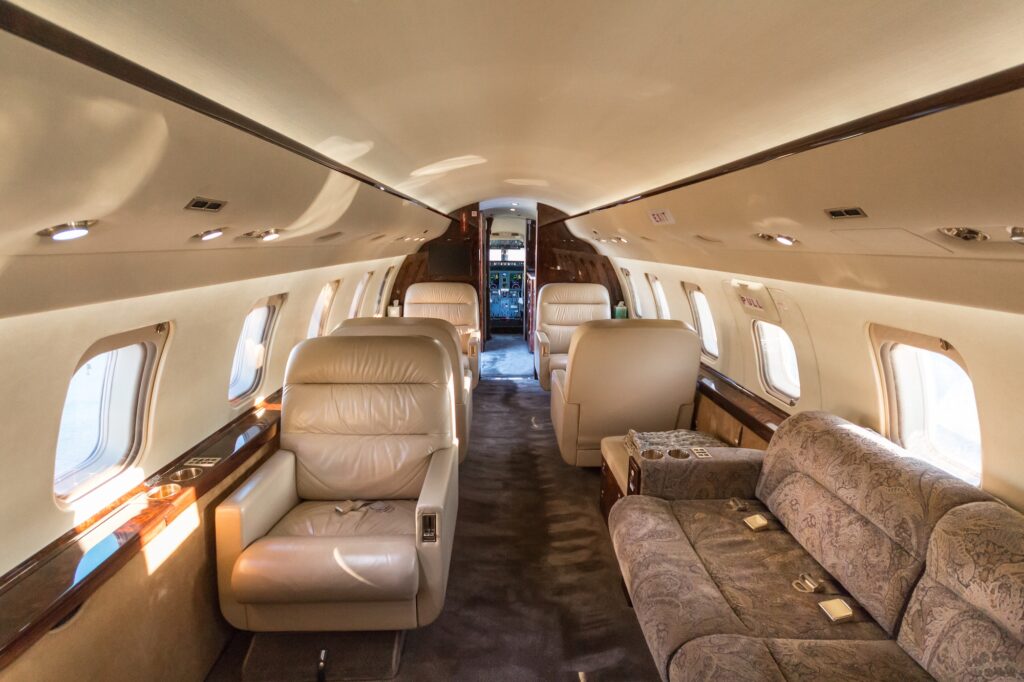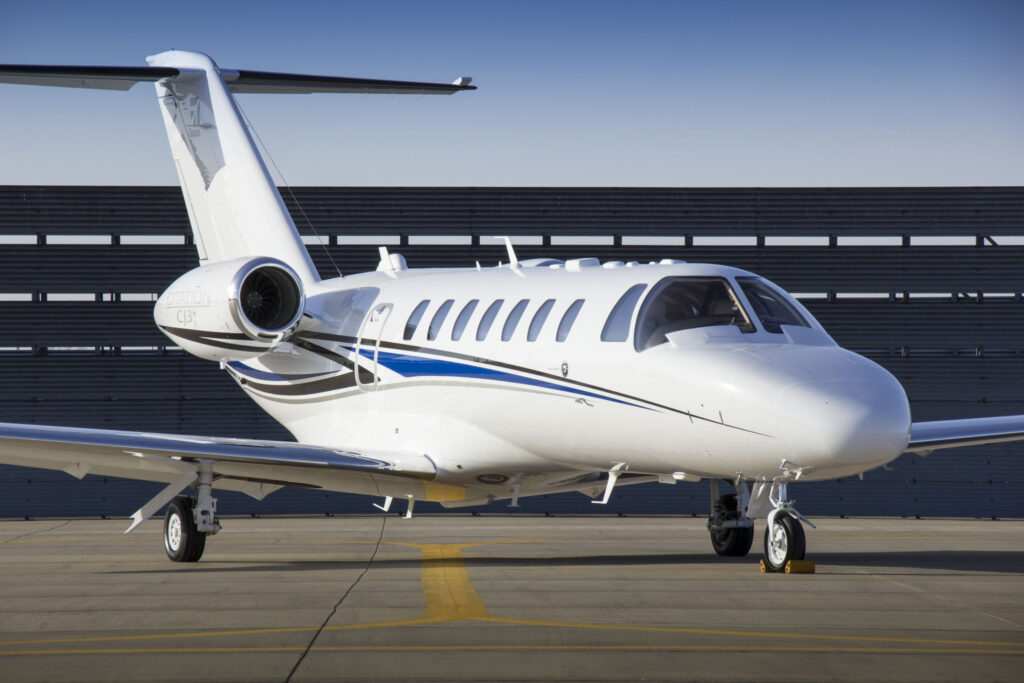Many of Charlie Bravo’s clients are directors of aviation for corporate flight departments, so this week’s hypothetical mission profile is on a corporate flight department in Nashville for C-level healthcare executives. These hypothetical executives collectively fly up to 600 hours per year, already own a Challenger 300, and are considering a second plane. Buying another plane makes sense for a few reasons, considering that some of these business trips may overlap and they already have a second crew on hand.
The first option they have is to buy the exact same plane. The Challenger 300 is a reliable aircraft that they already know quite a bit about. It requires the same pilot training, the same parts, and the same maintenance shops, making their aviation department’s job a whole lot easier.
On the other hand, buying a different plane with different capabilities has its own advantages. The Challenger 300 seats eight passengers and has a range of more than 3,000 nautical miles. What if they want to take just a couple executives on a short trip for the day? Another advantage of having two different planes is that they’d likely be on different maintenance schedules, making it easier to spread the money out and ensuring that they’d have at least one of their planes available.
Depending on the trips they’re taking, another Challenger 300 might be the way to go. It has a normal cruise speed of about 459 knots, a range of about 3,340 nautical miles, a climb rate of 4,240 feet per minute, and it requires 4,810 feet of runway to takeoff and 2,290 feet to land. If they are truly happy with their first Challenger 300, and they simply need another one to take their entire team, buying another Challenger 300 makes a lot of sense. For comparison’s sake, Vref has a 2014 Challenger 300 listed with an approximate value of $14.8 million, and it costs just about $1,920 per hour to operate with fuel at $5 per gallon and maintenance costs in mind.
If the corporate flight department in question is looking for another plane that satisfies different needs, like single-pilot operations and a more affordable aircraft for shorter trips where taking a Challenger 300 doesn’t make a whole lot of sense, Embraer’s Phenom 100 is another option. The Phenom 100 is a much smaller airplane that seats five passengers with a single pilot, has a normal cruise speed of about 332 knots, a range of about 1,071 nautical miles, a climb rate of 3,060 feet per minute, and it requires 3,123 feet of runway to takeoff and 2,466 to land. If they’ve found that they often wish they had a smaller plane to take just a couple executives on a shorter trip, the Phenom 100 is a solid option. Vref has a 2014 Phenom 100’s value listed at $3.35 million, and it costs approximately $837 per hour to operate with fuel at $5 per gallon and maintenance costs in mind.
If they simply want another plane that gets them to their destination faster, there’s no better option than the Citation X+, one of the fastest non-military aircraft in the world. The Citation X+ is similar to the Challenger 300 in size, but has a smaller cabin that’s more than three feet shorter in length, six inches shorter in height, and a foot and a half shorter in width. It has a normal cruise speed of 527 knots, a range of 3,380 nautical miles, a climb rate of 3,650 feet per minute, and it requires 5,250 feet of runway to takeoff and 2,727 feet to land. In short, it’s simply a faster plane, but it’s more expensive to purchase and to operate. Vref has a 2014 Citation X+ valued at $15 million, and it costs roughly $2,773 per hour to operate.
[ulp id=’xkA7bnsbSMSAnwAm’]

